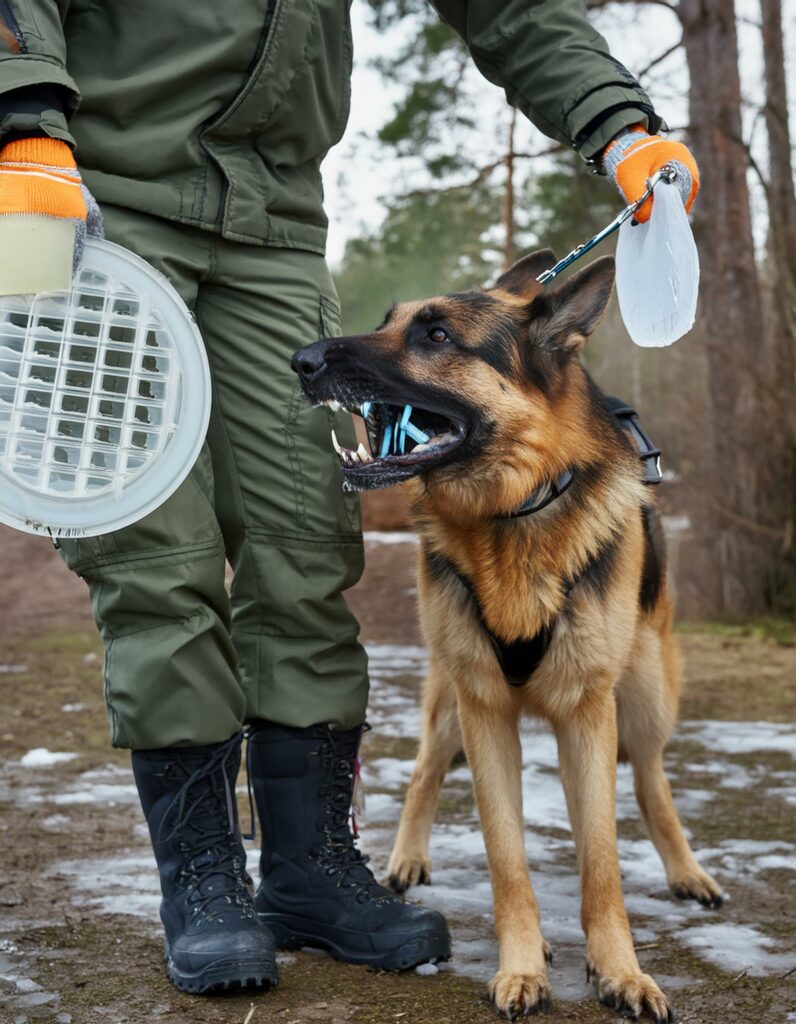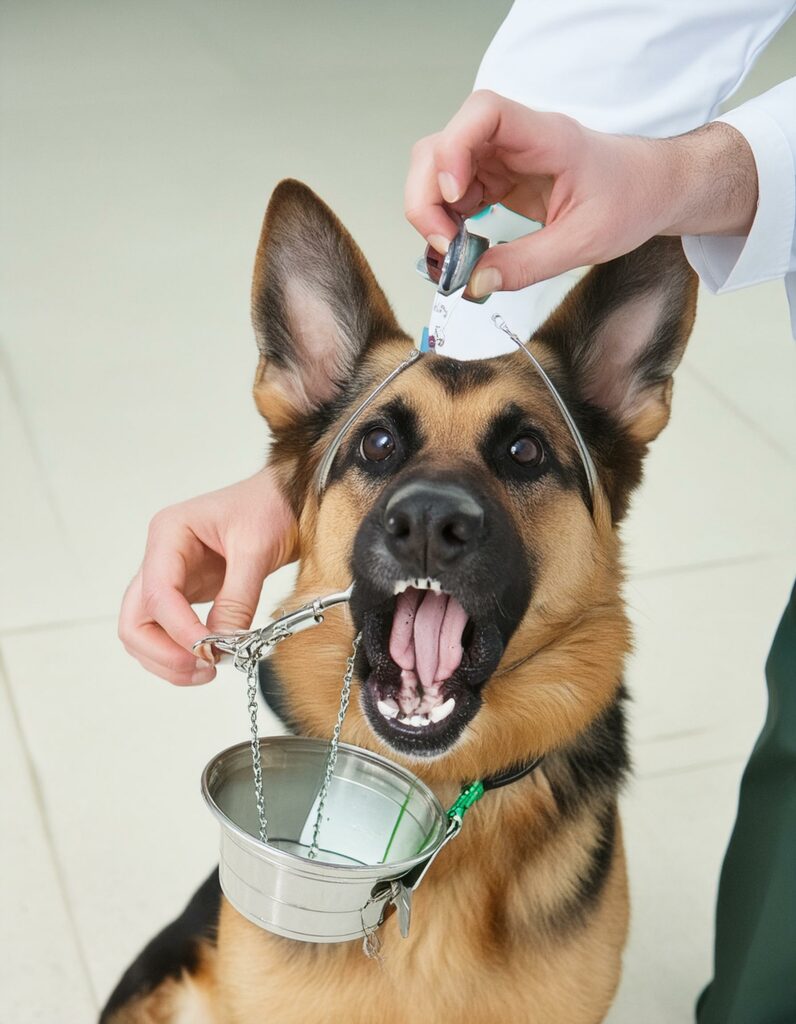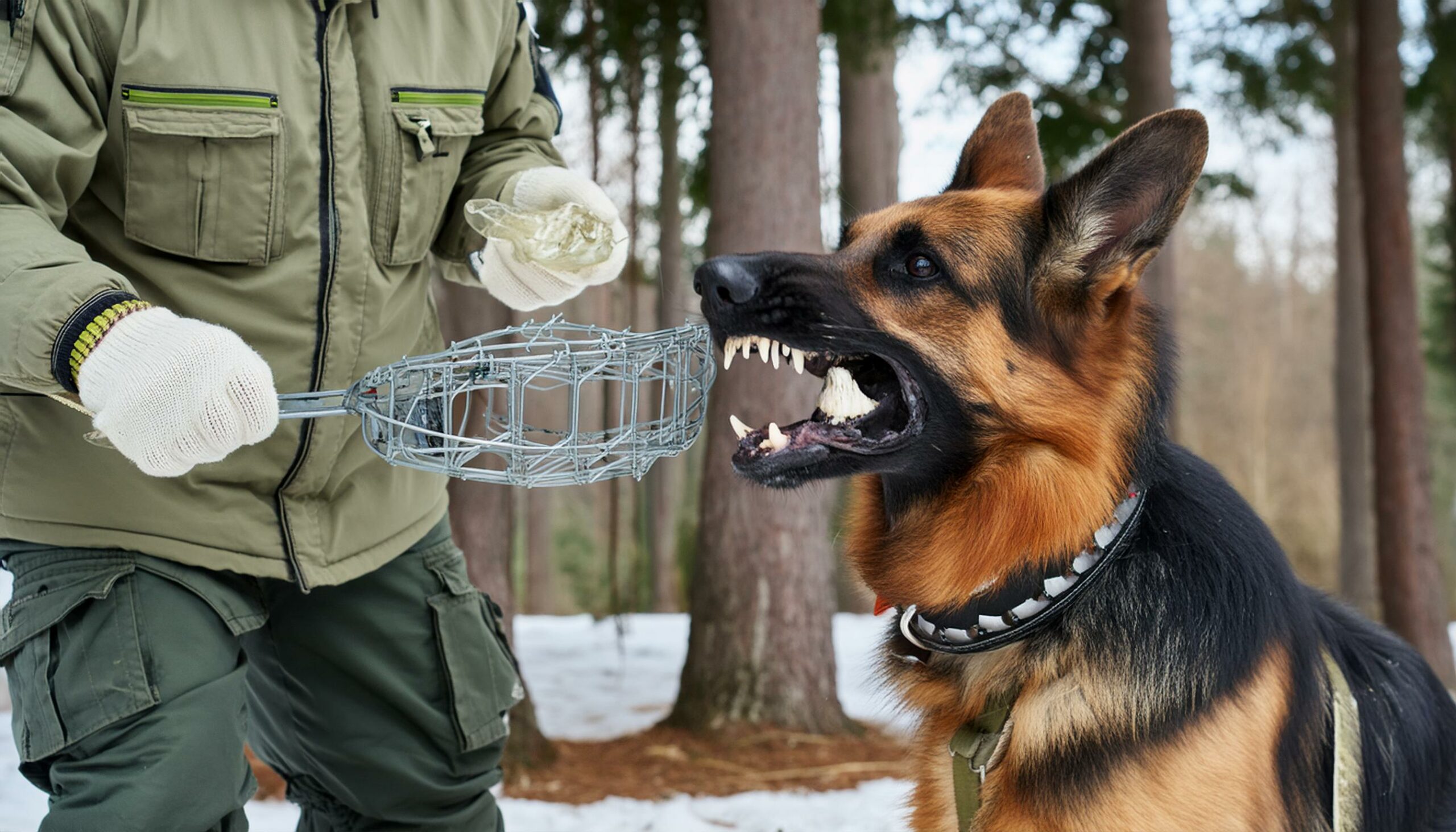German Shepherds stand as one of the most popular and versatile dog breeds globally, celebrated for their intelligence, loyalty, and diverse skill sets. Among the various aspects of their physiology, the bite force of a German Shepherd intrigues many enthusiasts and professionals alike, offering insights into their capabilities and behaviors.
Understanding Bite Force

Explanation of Bite Force
Bite force represents the pressure exerted by a dog’s jaws when biting down. It serves as a crucial indicator of their strength and potential impact, often measured in pounds per square inch (psi) or newtons.
Factors Influencing Bite Force
Several factors contribute to the bite force of a German Shepherd, including the size and strength of their jaw muscles, the structure of their skull, and overall body size. Additionally, genetics, diet, and health play significant roles in determining bite force.
Anatomy of a German Shepherd’s Bite
German Shepherds possess an impressive set of jaws tailored for gripping and holding. Their jaw structure, characterized by robust muscles such as the masseter and temporalis, facilitates powerful biting capabilities essential for their historical roles as herders and protectors.

Measurement of Bite Force
Various methods are employed to measure the bite force of German Shepherds, ranging from bite sleeves and force gauges to advanced computerized systems. Scientific research has delved into understanding the mechanics behind their bite force, yielding valuable insights into their capabilities.
Comparative Analysis of Bite Force
When compared to other dog breeds, German Shepherds exhibit a formidable bite force, underscoring their heritage and selective breeding for working purposes. While not the highest among all breeds, their bite force commands attention and necessitates responsible handling.
Practical Applications
Understanding the bite force of German Shepherds holds practical implications for owners and trainers. It informs training methodologies, particularly in activities like bite work and protection training, and underscores the importance of implementing safety measures to prevent accidents.
Debunking Misconceptions
Despite their reputation, German Shepherds are not inherently aggressive solely based on their bite force. Misconceptions often arise from misunderstanding the breed’s temperament and the influence of training and socialization. Responsible ownership and education are crucial in dispelling myths surrounding their bite force.
FAQs
Factors contributing to German Shepherds’ strong bite force
German Shepherds’ bite force is influenced by their muscular jaw structure, skull anatomy, and selective breeding for working abilities over generations.
Influence of training on bite force
While training can influence a dog’s behavior, it cannot fundamentally alter their bite force. However, training can teach dogs to control their bite strength and behaviors effectively.
Relationship between bite force and aggression
Bite force alone is not indicative of a dog’s aggression. Temperament is influenced by various factors, including genetics, upbringing, and socialization.
Comparison of German Shepherd bite force with wolves
German Shepherds typically exhibit a stronger bite force compared to wolves, reflecting their specialized breeding for specific traits.
Tools for accurate measurement of bite force
Researchers and trainers utilize a variety of tools, including force gauges and bite analysis systems, to measure a German Shepherd’s bite force accurately.
Conclusion
Understanding the bite force of German Shepherds offers valuable insights into their capabilities and behaviors. While their bite force is impressive, responsible ownership, proper training, and dispelling myths are essential for fostering positive relationships between these remarkable dogs and humans.
